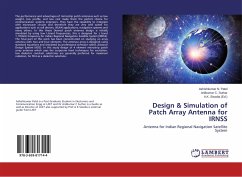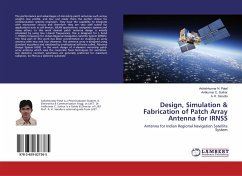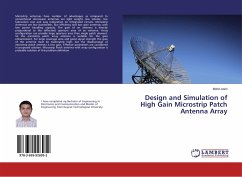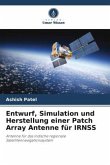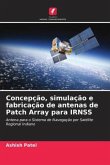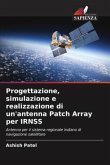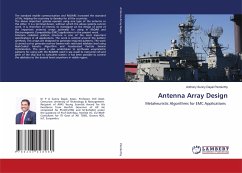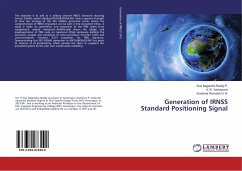The performance and advantages of microstrip patch antennas such as low weight, low profile, and low cost made them the perfect choice for communication systems engineers. They have the capability to integrate with microwave circuits and therefore they are very well suited for applications such as cell devices, WLAN applications, navigation systems and many others. In this thesis Desired patch antenna design is initially simulated by using low L-band frequencies, this is designed for L band 1.176GHz frequency for Indian Regional Navigation Satellite System [IRNSS]. The final part of this work has been concentrated on studying an array antenna with two and four elements. The antenna array is designed using standard equations and simulated by professional software called, Advance Design System (ADS). In this study design of 4 element microstrip patch array antenna which uses the corporate feed techniques for excitation, low dielectric constant substrates are generally preferred formaximum radiation, So FR-4 as a dielectric substrate.
Bitte wählen Sie Ihr Anliegen aus.
Rechnungen
Retourenschein anfordern
Bestellstatus
Storno

